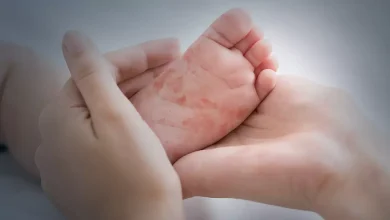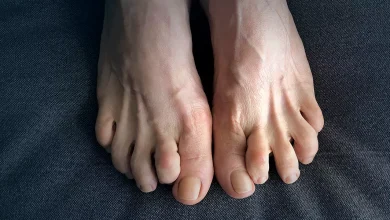All about Albinism?
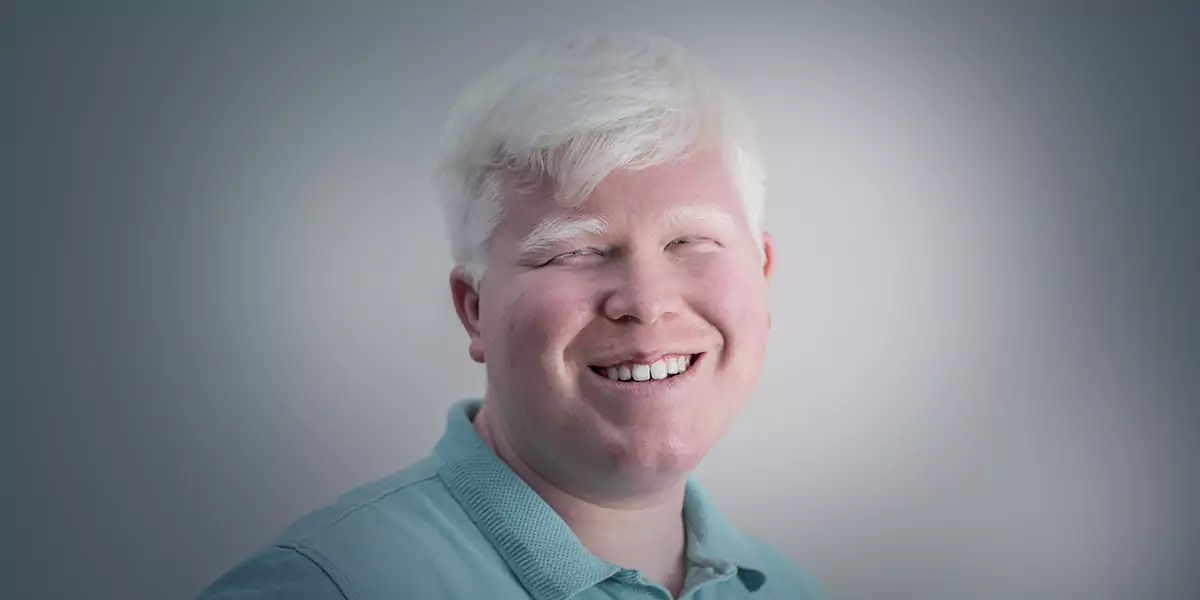
What is Albinism?
Albinism is a rare disease related to skin and it occurs because of genetic mutations of some particular genes that affect the amount of melanin produced by the body. Albinism comes under the group of diseases known as OCA (oculocutaneous albinism ) where defective genes are passed from generation to generation where the body creates very small amounts of melanin or sometimes it does not produce melanin at all. People suffering from albinism are called albinos and they have very pale skin, hair, and eyes. Melanin plays an important role in the development of optical nerves so albinos might suffer from vision problems also.
What are the Types of Albinism?
Albinism is of various kinds including:
Oculocutaneous albinism: Most people with albinism have oculocutaneous albinism (OCA) as it is the most common type. OCA people will have extremely pale hair, skin, and eyes. Seven subtypes of oculocutaneous albinism exist which occur because of mutations in one of seven genes (OCA1 to OCA7).
Ocular albinism: Ocular albinism, also known as OA is not so common as compared to oculocutaneous albinism and it affects only the eyes. Blue eyes are common for people suffering from ocular albinism. It also makes eyes very pale, and the eyes might appear pink or red. It happens when the blood vessels inside your eyes show through the irises (coloured part of the eyes). Unlike oculocutaneous albinism, in ocular albinism, the colour of skin and hair are generally normal.
Chediak-Higashi syndrome: Chediak-Higashi syndrome is a type of albinism that has some symptoms of oculocutaneous albinism and neurological and immune disorders.
Hermansky-Pudlak syndrome: Hermansky-Pudlak syndrome makes the skin, hair, and eyes pale along with blood-related issues. It also causes bruising issues along with kidney, bowel, and lung diseases.
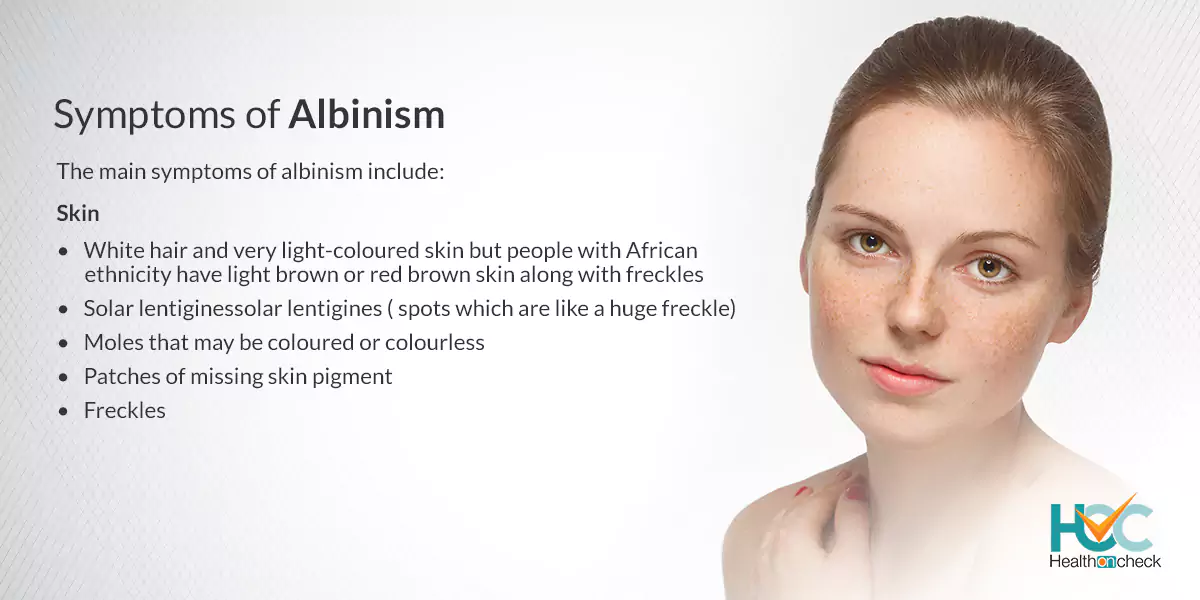
What are the Symptoms of Albinism?
The main symptoms of albinism include:
As albinism affects skin, eyes, vision, and hair, there are different symptoms of them
Skin
- White hair and very light-coloured skin but people with African ethnicity have light brown or red brown skin along with freckles
- Moles that may be coloured or colourless
- Freckles
- Patches of missing skin pigment
- Solar lentiginessolar lentigines ( spots which are like a huge freckle)
Hair
- Pale hair
- Colour of hair may vary from white to brown to yellow and red depending on the ethnicity of the people
- After reaching adulthood most albinos’ hair colour becomes dark
Eyes
- The eyebrows and eyelashes of albinos become pale along with changes in the eye colour. The colours of eyes are very different from brown to light blue to brown and might change with age.
- The iris (coloured part of the eyes mostly doesn’t have pigments because of which the eyes become extremely sensitive to bright light because of the absence of pigments the eyes permit the sunlight to pass through the irises. It makes eyes appear red
Vision
Albinism may cause a few vision problems including
- The movement of eyes becomes fast with back and forth movement that is out of control. This condition is known as nystagmus.
- Eyes are not able to look in a same direction at the same time
- Eyes become very sensitive to sunlight
- The development of retina slows down which may cause reduced vision
- Poor position of depth which results in difficulty in seeing things in 3D and far away things.
What are the Causes of Albinism?
Albinism is genetic and it develops because of mutations in certain genes whose function is melanin production. Lack of melanin is the main cause of albinism.
There are high chances of an infant being born with albinism if their parents have albinism or are the carrier of genes that causes albinism,
A defect in one of many genes that create or spread melanin, the pigment that gives skin, eyes, and hair their colouring might cause albinism. The defect can cause a lack of production of melanin or the amount of melanin produced is very less.
The other type of albinism, which affects the eyes, usually happens when one of the parents passes the gene for albinism on to a child during birth.
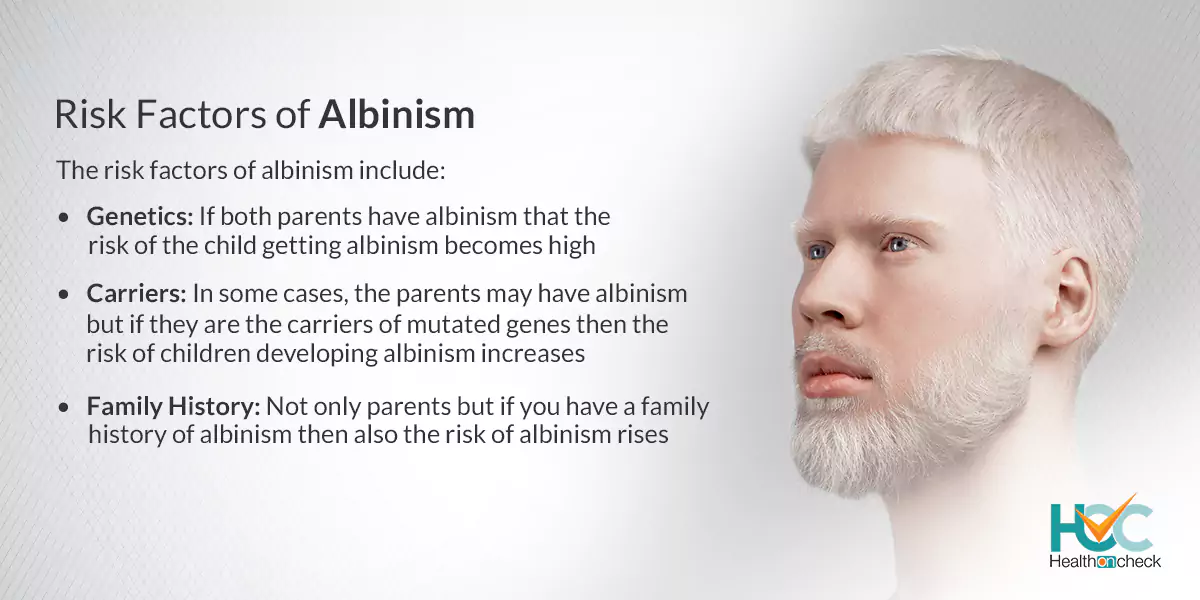
What are the Risk Factors of Albinism?
The risk factors of albinism include:
- Genetics: If both parents have albinism that the risk of the child getting albinism becomes high
- Carriers: In some cases, the parents may have albinism but if they are the carriers of mutated genes then the risk of children developing albinism increases
- Family History: Not only parents but if you have a family history of albinism then also the risk of albinism rises
What are the Complications of Albinism?
Some common complications of albinism include:
Problems in Skin: Albinos mostly have light-coloured skin, which increases the risk of sunburn. They are also more prone to skin cancer.
Eye related issues: Albinism can cause legal blindness which means the eyesight becomes less than 20/100 which can lead to total blindness also. If you are just legally blind and not totally blind, then you can use vision over a period. time. Some people may be able to correct problems With astigmatism, farsightedness, and nearsightedness with eyeglasses or contacts, this complication can be taken care of
Social and mental problems: Albinos look different from others because of their skin colour and other things which might make them isolated because of the social stigma related to this condition. It may cause mental issues such as the feeling of being neglected, depression, anxiety, etc. They may get bullied also because most of the people are ignorant about this condition which can make an albino feel out of the place.
How Albinism is Diagnosed?
Most of the people with albinism have pale skin and white hair which makes it easy to diagnose albinism. There are a few tests that can confirm albinism including:
Physical exam: Here the doctors check the pigmentation of skin and hair.
Eye exam: A doctor will thoroughly check your eye with some equipment and see the colour of your eyes and if it’s unusual than it may be a symptom of albinism
Pigmentation: A doctor will compare a child with albinism with other family members and if there is a huge difference that it can be because of albinism
Child’s medical history: The doctor will check the child’s medical history to find if there has been bleeding that was not stopping, regular or large bruises, or any kind of infection.
Electroretinogram test: It examines the child’s response to the light-sensitive cells in the eyes to detect eye problems linked with albinism.
Genetic testing: Genetic testing helps to detect the albinism type and the risk of passing the gene from one generation to the next generation.
What are the Treatment Options Available for Albinism?
Since albinism is a genetic disease there is no cure for it till now but you can manage the symptoms so that it does not affect your daily activities. You should take protective measures to protect your skin or else the condition will worsen. Some precautions you can take are:
- Avoid exposure to sun rays as much as possible
- While going out wear sunglasses to protect your eyes from ultraviolet rays
- Wear clothes which are sun protective
- Use sunscreen lotion
- To treat eye-related issues visit an eye specialist and wear prescribed sunglasses to ease the eye problems
- Wear hats or caps while going outside
- Surgery is needed if you have crossed eyes (strabismus),
- One of the main complications of albinism is skin cancer, so go for follow-ups and full body check-up at regular intervals.
Living with Albinism
With some precautions, people with albinism can live a long full filled life as it’s not a life-threatening disease. One important thing is that you should keep yourself away from sunlight as much as possible as in some cases it may lead to skin cancer in some instances. You may sometimes feel socially isolated but your friends and family who truly understand you will always be with you. Remove the toxic people from your life who make you feel isolated and ignore comments from strangers as they do not matter at all. Share your feelings with your close friends, family members, and therapists and you will feel good and relieved.
Whom to Consult?
At your child’s birth, your gynaecologist may notice a lack of colour in hair or skin, abnormal eyelashes, and eyebrows which might be symptoms of albinism. The child might have to go through an eye test and the gynaecologist will check the reason behind the child’s skin colour and vision problem if any. If you notice symptoms of albinism in your child, contact a doctor, go for a diagnosis, and if albinism is confirmed go for treatments to ease the symptoms and remove the complications so that the child will be able to lead a normal life.

